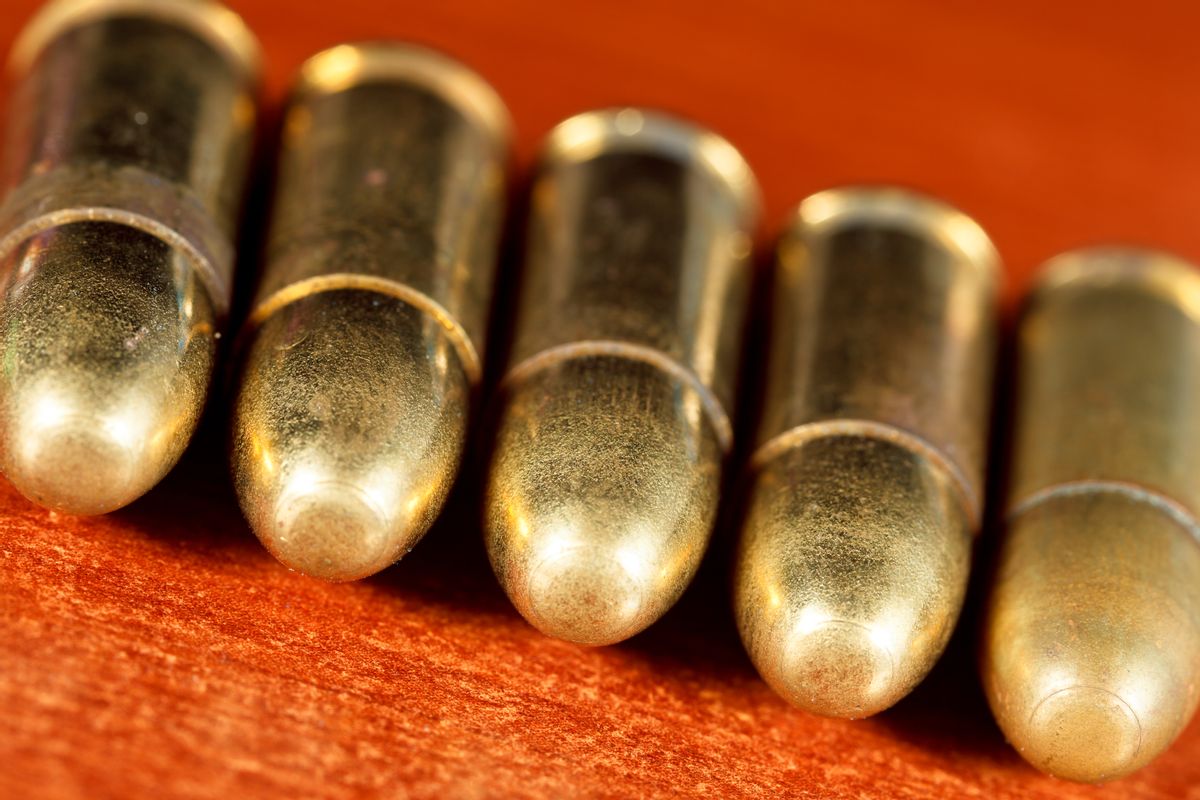We tend to think of female victims of armed conflict as women who have been raped or suffered other gender-based violence at the hands of male combatants. We think of women who have seen their families torn apart and suffered unspeakable economic, emotional, and physical losses as a result of war. And this is, of course, accurate. It is well documented that women suffer disproportionately in conflict zones globally.
 We rarely think of women as combatants, though. Yet 40 percent of child soldiers in global conflicts are girls, and highly valued for their military prowess. And according to several studies, these girls grow into women who find that combat provides them equal footing in society in a way that civilian life does not. From the Guardian:
We rarely think of women as combatants, though. Yet 40 percent of child soldiers in global conflicts are girls, and highly valued for their military prowess. And according to several studies, these girls grow into women who find that combat provides them equal footing in society in a way that civilian life does not. From the Guardian:
“Many Colombian girl soldiers, who fought as equals to their male counterparts, struggled with the double standards of civilian life. A Care International report about rehabilitating Colombian child soldiers, Overcoming Lost Childhoods, said: “For some girls, belonging to an illegal armed group gives them a sense of power and control that they may not otherwise experience living in a relatively conservative, ‘machista’ [chauvinist] society.”
By the end of Eritrea’s 30-year-long liberation war, in 1991, females comprised 25-30% of combatants. The gender equality ideals espoused by the Eritrean People’s Liberation Front’s had proved an attractive lure for female recruits, including some who were teenagers or younger. But “many Eritrean female ex-fighters experienced the years of war as preferable to the time that came afterwards … They had felt respected, equal and empowered, but this was all lost after the war when women were pushed towards traditional gender roles,” said the 2008 report Young Female Fighters in African Wars: Conflict and its Consequences.”
How to reintegrate these women into peaceful, civilian lives remains an unanswered question. Most reintegration programming focuses on boy child soldiers and other victims, such as the Lost Boys of the Sudan. When girl-focused structures are put in place, it often attempts to reintegrate girls into gendered roles in traditional societies without addressing their histories — traumatic, violent, and in some ways, as equal to men. Ultimately, while nearly half of all child soldiers are girls, the number of girls in international disarmament, demobilisation and reintegration programs is 5 percent or less. Rather than having their unique needs and histories met — as soldiers who were also “bush wives,” military spies who were also sexual slaves — these girls are invisible.
In that, wartime and peacetime seem all too similar.



Shares